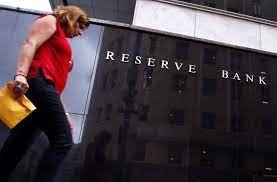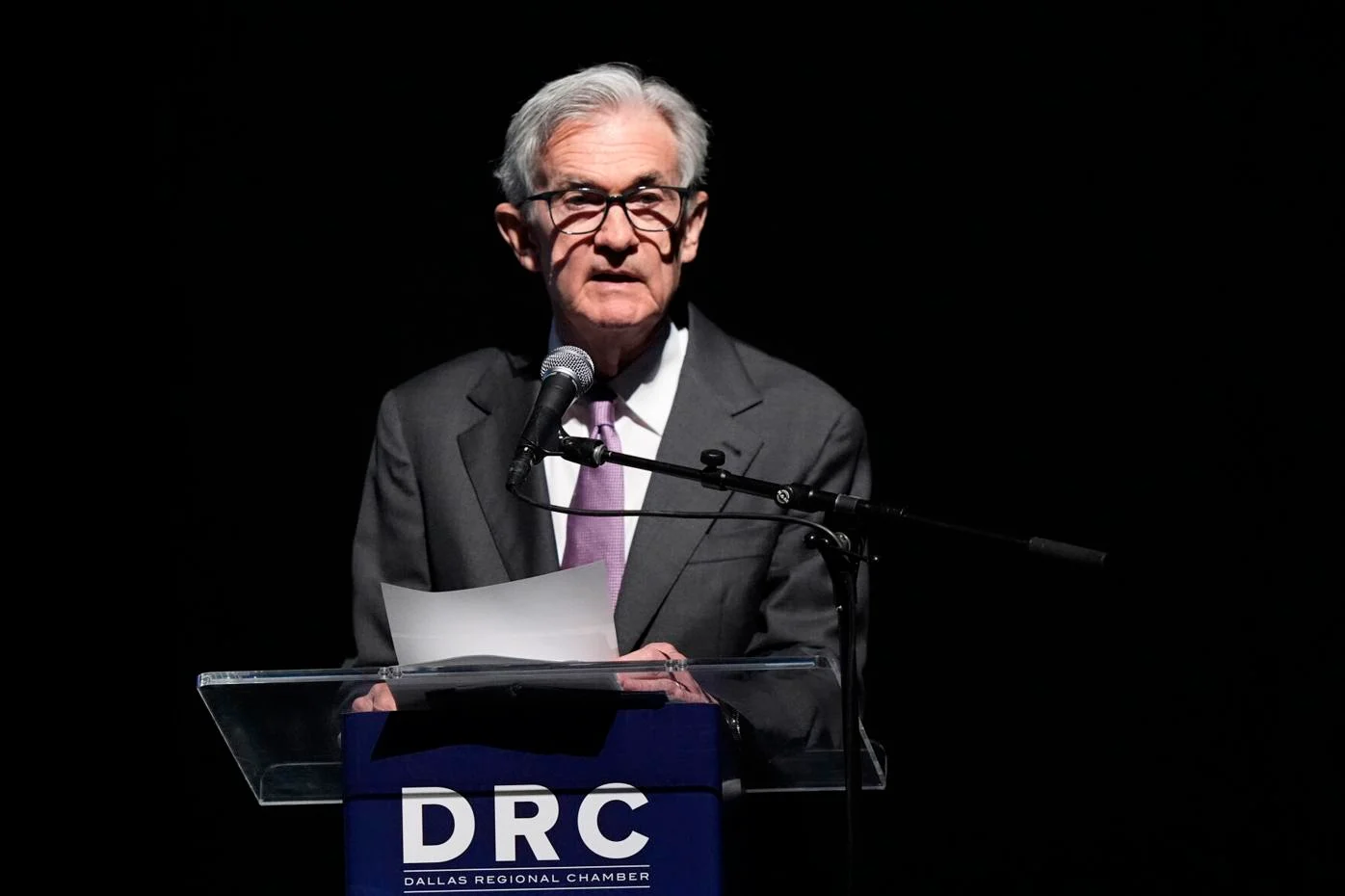The Reserve Bank of Australia (RBA) announced a substantial interest rate increase, reaching a 12-year high, in its latest policy decision. The RBA raised the cash rate by 25 basis points to 4.35%, marking the end of a four-month period of steady policy. The move was driven by concerns over persistently high inflation.
RBA Governor Michele Bullock acknowledged the risk that inflation might remain elevated for a prolonged period and left the door open for potential further monetary tightening. She stated, “Whether further tightening of monetary policy is required to ensure that inflation returns to target in a reasonable timeframe will depend upon the data and the evolving assessment of risks.”
This decision signaled a slight shift from the RBA’s October statement, which suggested that additional tightening “may be required.” Some market participants interpreted this change as an indication that the current rate hike could be the last in the current cycle.
In response to the rate increase, the Australian dollar dipped 0.4% to $0.6460, and bond futures saw a rally as investors adjusted their expectations regarding a potential December rate hike.
Rob Thompson, a rates strategist at RBC Capital Markets, described the rate hike as “dovish” and highlighted that it did not necessarily signal an immediate need for further tightening. He suggested that the RBA might be taking a cautious approach, given the high threshold for additional rate increases.
Australia has experienced a significant rise in interest rates, with a total increase of 425 basis points since May of the previous year, marking one of the most aggressive tightening cycles in the RBA’s history.
This decision comes as inflation in Australia exceeded expectations in the third quarter, with consumer price inflation reaching 5.4%, well above the RBA’s long-term target range of 2-3%. Bullock noted that the RBA’s inflation forecasts had been revised upward to 3.5% by the end of 2024, from 3.3%, and that inflation was expected to only reach the upper end of the target range by the end of 2025.
Australia’s central bank finds itself in a unique position, as it is among the few developed world central banks still pursuing a tightening monetary policy. In contrast, markets believe that central banks in the United States, Canada, and Europe have already reached the peak of their rate hikes.
The RBA’s decision to raise rates reflects its desire to address sticky inflation, particularly in the service sector, while also addressing the resurgence in house prices and the historically low unemployment rate, which remains at 3.6%. The central bank had been willing to accept a slower decline in inflation to maintain full employment, an economic achievement not seen since the 1950s.



